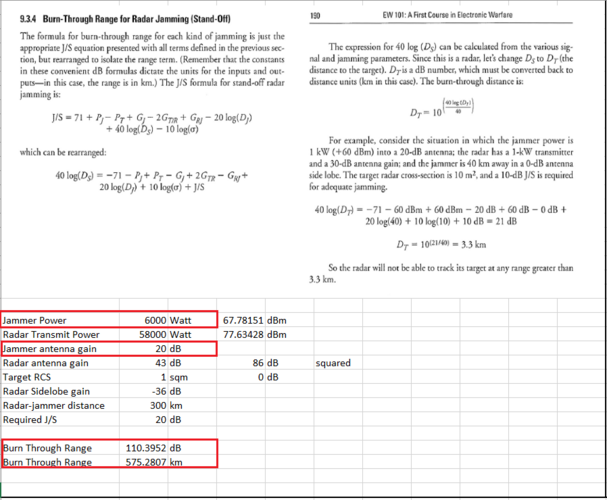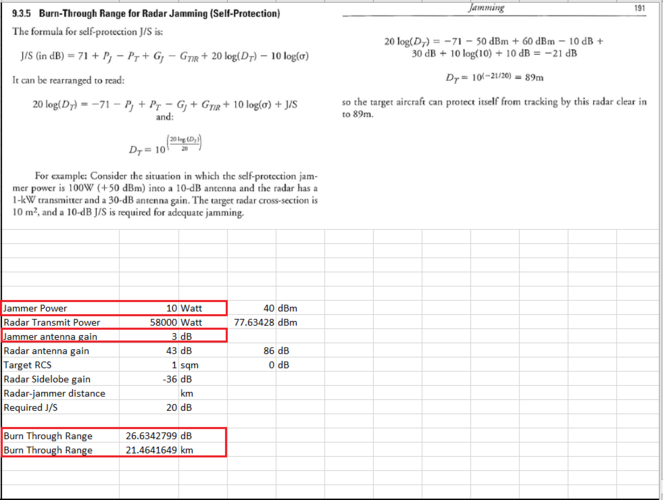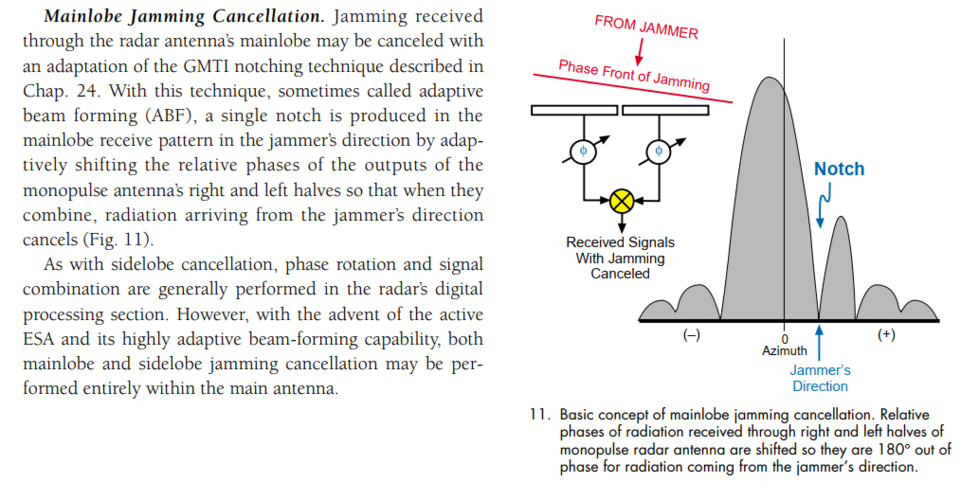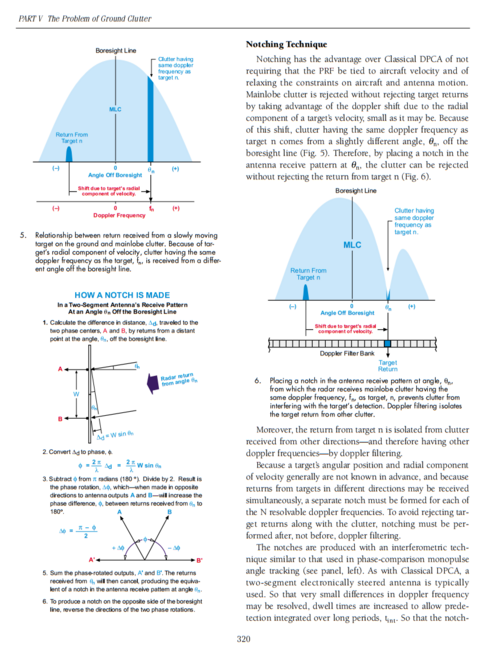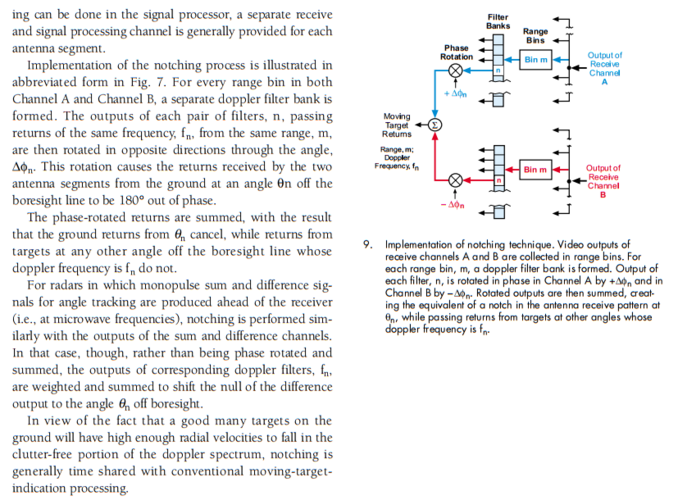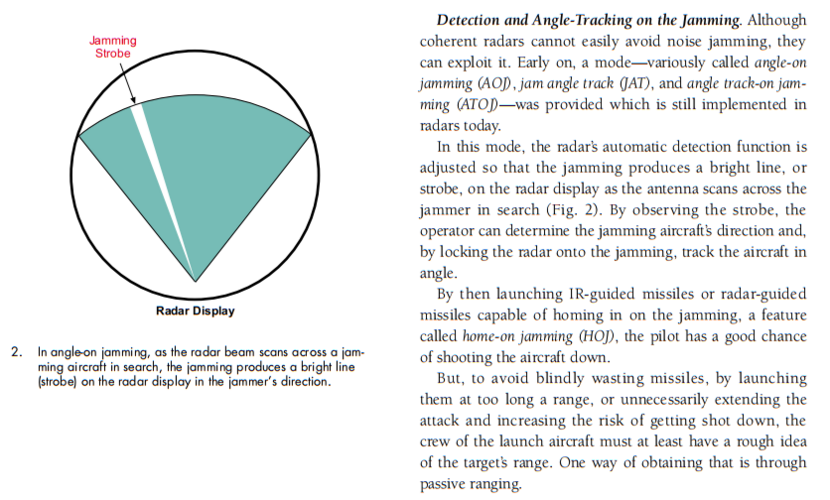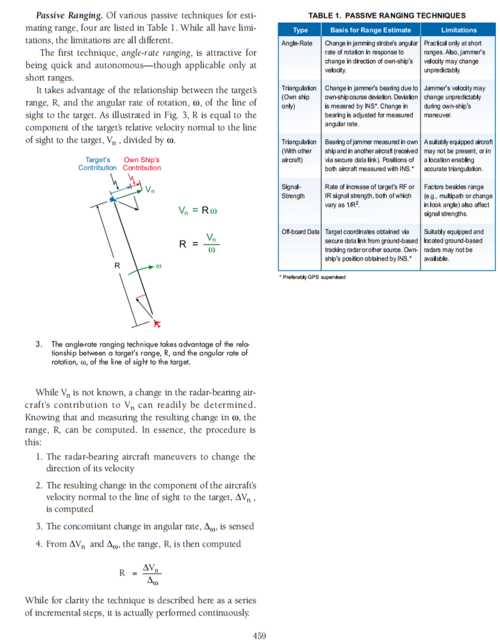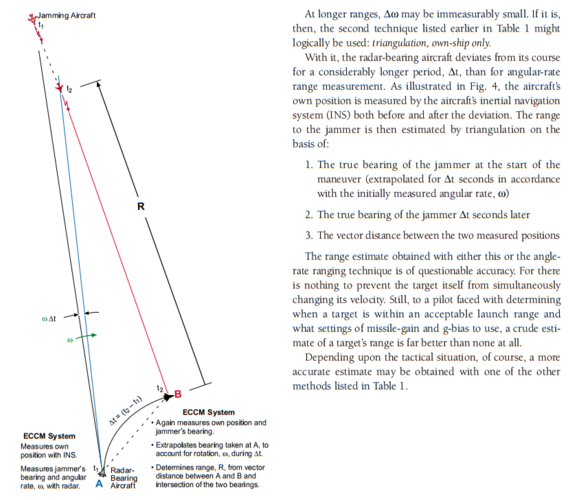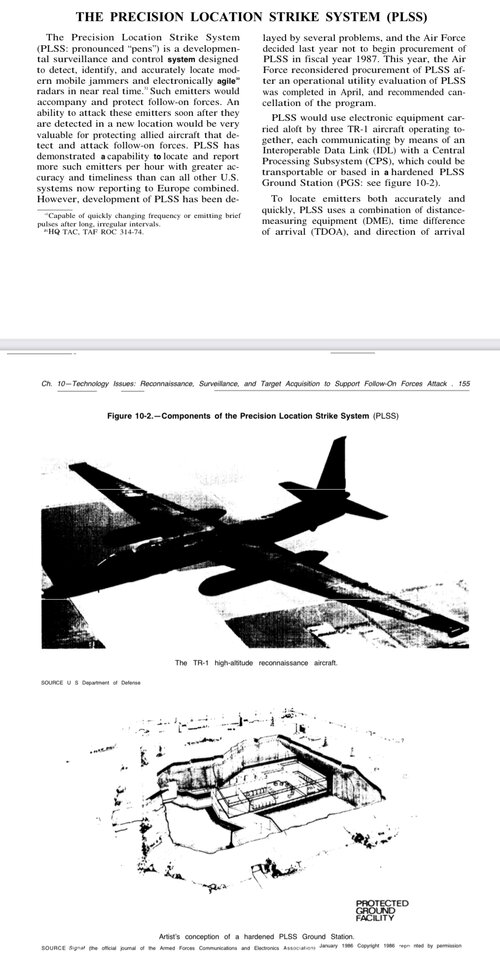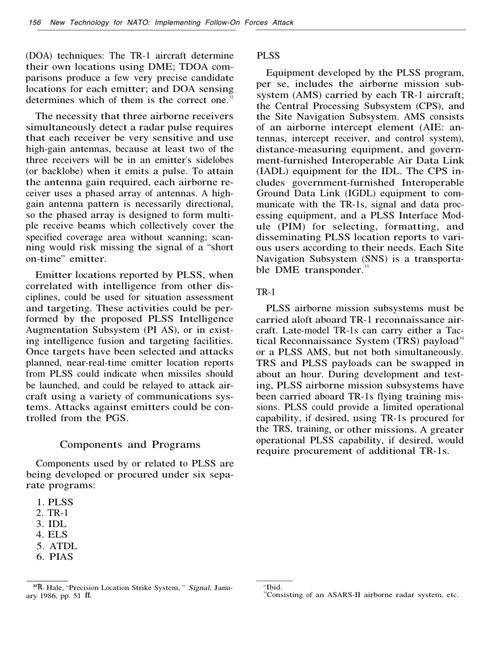Barrage noise jamming is the only form of screen jamming, it is often used by support asset such as EA-6B, EA-18G, B-52J. Unlike deceptive jamming which often used tricks to imitate the transmitted pulse of adversary radar, noise jammer often try to overwhelm the radar receiver with white noise.
In case of stand off support noise jammer then radar can deal with them by several ways such as:
- using sidelobes canceller/blanker (in case support jammer jamming from sidelobes region, the radar can turn their null toward that direction and just ignore the jammer)
- overwhelm the jamming signal strength with radar signal strength aka burn through (as tactical aircraft get closer to radar station, their return get stronger while support aircraft jamming signal is still the same because these one stay at standoff range, at a certain point, radar can burn through jamming signal)
In case of self protection noise jamming, the common way to deal with them is:
- Launching missile in Home on Jam mode (in this mode, missile just follow the direction of the jammer, similar to how AGM-88 engage a radar)
But currently, with the advance in technology, the jammer doesn’t need to be carried on aircraft. Jammer can be small enough to fit inside towed decoys (such as ALE-55, ALE-70) or cruise missiles (such as MALD-X, SPEAR-EW). Eventhough the jammer in these packet are a lot smaller and weaker than jammer on aircraft, they can always produce jamming signal a lot more powerful than the skin return of the aircraft (unlike standoff jammer) because they can stay inside radar main lobe and they can get close to target similar to the targets they protected
. So what are the other option to deal with stand in/self protect noise jammer ?
In case of stand off support noise jammer then radar can deal with them by several ways such as:
- using sidelobes canceller/blanker (in case support jammer jamming from sidelobes region, the radar can turn their null toward that direction and just ignore the jammer)
- overwhelm the jamming signal strength with radar signal strength aka burn through (as tactical aircraft get closer to radar station, their return get stronger while support aircraft jamming signal is still the same because these one stay at standoff range, at a certain point, radar can burn through jamming signal)
In case of self protection noise jamming, the common way to deal with them is:
- Launching missile in Home on Jam mode (in this mode, missile just follow the direction of the jammer, similar to how AGM-88 engage a radar)
But currently, with the advance in technology, the jammer doesn’t need to be carried on aircraft. Jammer can be small enough to fit inside towed decoys (such as ALE-55, ALE-70) or cruise missiles (such as MALD-X, SPEAR-EW). Eventhough the jammer in these packet are a lot smaller and weaker than jammer on aircraft, they can always produce jamming signal a lot more powerful than the skin return of the aircraft (unlike standoff jammer) because they can stay inside radar main lobe and they can get close to target similar to the targets they protected
. So what are the other option to deal with stand in/self protect noise jammer ?

